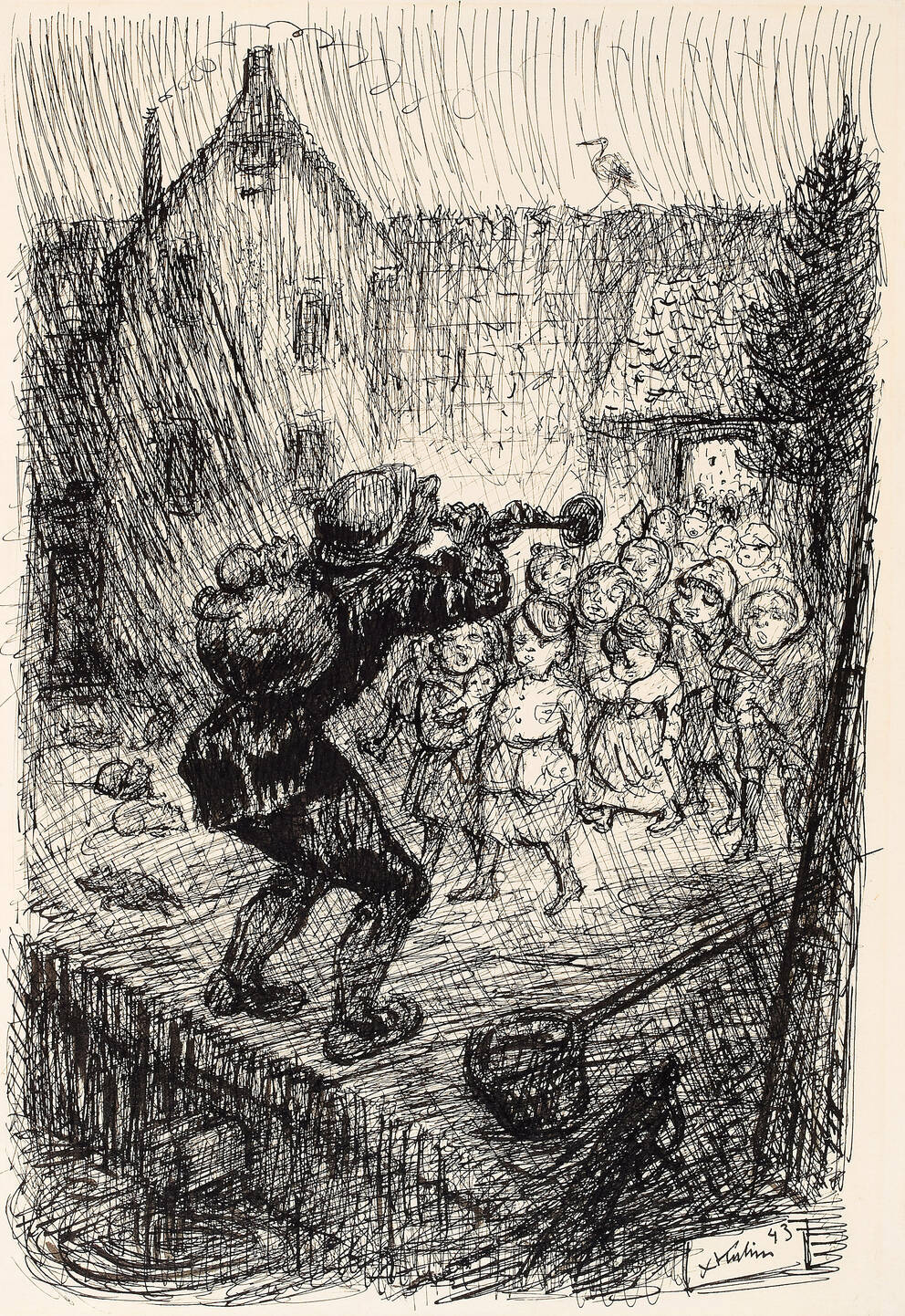
Leopold Museum,
Vienna © Bildrecht,
Vienna 2022
Vienna © Bildrecht,
Vienna 2022


The Pied Piper of Hamelin
1943
(Litoměřice 1877–1959 Zwickledt)
If you have further information on this object, please contact us.
For provenance related information, please contact us.
2023/2024 Partial funding for digitization by the Federal Ministry for Arts, Culture, the Civil Service and Sport „Kulturerbe digital“ as part of NextGenerationEU.

